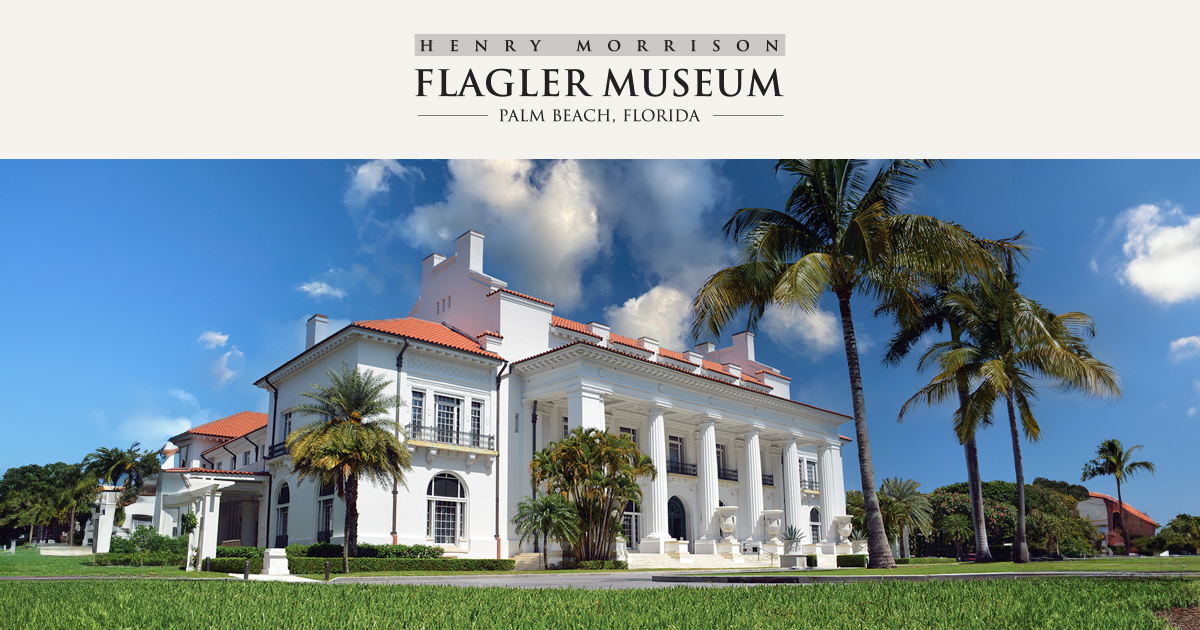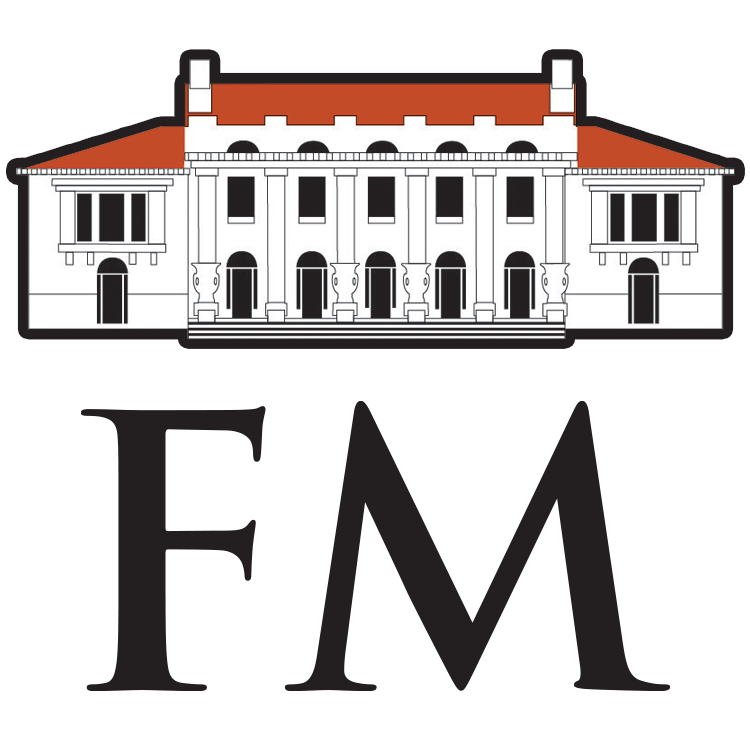blueodessey
Well-known member
Was reading about Florida Keys marvel engineering Highway, and came across this, amazing what Railroads did back in the Day.

 www.bbc.com
www.bbc.com

 flaglermuseum.us
flaglermuseum.us
The Overseas Highway actually started as the Over-Sea Railroad, and it was the brainchild of visionary developer Henry Morrison Flagler (known as "The Father of Modern Florida"). In 1870, Flagler co-founded the Standard Oil Company alongside business magnate John D Rockefeller, and it became one of the world's largest and most powerful corporations at the beginning of the 20th Century. After visiting Florida and recognizing "The Sunshine State's" tourism potential, Flagler poured much of his wealth into the region, building luxury resorts that transformed one of the US' poorest states into a winter paradise for Gilded-Age travelers from the Northeast US. Yet, there was no way for guests to get to Flagler's opulent-but-remote resorts.
So in 1885, Flagler connected a series of disjointed railroads along Florida's Atlantic Coast from Jacksonville, at Florida's northern end, to Miami, near the state's southern tip. Miami should have been the end of the line, but when the US began construction on the Panama Canal in 1904, Flagler saw tremendous potential for Key West – the US' closest piece of land to the Canal and the deepest port in the Southeast US. The bustling hub was already flourishing thanks to the cigar, sponging and fishing industries (Key West was Florida's largest city until 1900), but the island's remote location made it difficult and expensive to move goods north.
Therefore, Flagler decided to extend his track 156 miles south to Key West, mostly over open sea. This so-called Key West Extension was considered impossible by many of his contemporaries, and his vision was labelled "Flagler's Folly" by his critics. Between 1905 and 1912, three hurricanes battered the construction site, killing more than 100 workers. Undeterred, Flagler pushed ahead. It took seven years; $50m ($1.56bn today); and 4,000 African American, Bahamian and European immigrants to build the railroad – all of whom had to contend with alligators, scorpions and snakes as they toiled in harsh conditions.
When the railroad was finally completed in 1912, it was called "the eighth wonder of the world". On the train's inaugural run, a wood-burning locomotive arrived at Key West from Miami carrying the then-82-year-old Flagler, who stepped out of his private luxury carriage car (which is on view at the Flagler Museum in Palm Beach) and allegedly whispered to a friend, "Now I can die happy. My dream is fulfilled."

The Overseas Highway: The US' 'floating' highway
Stretching 113 miles into the open ocean, this engineering marvel linked the far-flung Florida Keys to the mainland and forever changed Florida.

Over-Sea Railroad
Description of Henry Flagler's Over-Sea Railroad from Miami to Key West.
The Overseas Highway actually started as the Over-Sea Railroad, and it was the brainchild of visionary developer Henry Morrison Flagler (known as "The Father of Modern Florida"). In 1870, Flagler co-founded the Standard Oil Company alongside business magnate John D Rockefeller, and it became one of the world's largest and most powerful corporations at the beginning of the 20th Century. After visiting Florida and recognizing "The Sunshine State's" tourism potential, Flagler poured much of his wealth into the region, building luxury resorts that transformed one of the US' poorest states into a winter paradise for Gilded-Age travelers from the Northeast US. Yet, there was no way for guests to get to Flagler's opulent-but-remote resorts.
So in 1885, Flagler connected a series of disjointed railroads along Florida's Atlantic Coast from Jacksonville, at Florida's northern end, to Miami, near the state's southern tip. Miami should have been the end of the line, but when the US began construction on the Panama Canal in 1904, Flagler saw tremendous potential for Key West – the US' closest piece of land to the Canal and the deepest port in the Southeast US. The bustling hub was already flourishing thanks to the cigar, sponging and fishing industries (Key West was Florida's largest city until 1900), but the island's remote location made it difficult and expensive to move goods north.
Therefore, Flagler decided to extend his track 156 miles south to Key West, mostly over open sea. This so-called Key West Extension was considered impossible by many of his contemporaries, and his vision was labelled "Flagler's Folly" by his critics. Between 1905 and 1912, three hurricanes battered the construction site, killing more than 100 workers. Undeterred, Flagler pushed ahead. It took seven years; $50m ($1.56bn today); and 4,000 African American, Bahamian and European immigrants to build the railroad – all of whom had to contend with alligators, scorpions and snakes as they toiled in harsh conditions.
When the railroad was finally completed in 1912, it was called "the eighth wonder of the world". On the train's inaugural run, a wood-burning locomotive arrived at Key West from Miami carrying the then-82-year-old Flagler, who stepped out of his private luxury carriage car (which is on view at the Flagler Museum in Palm Beach) and allegedly whispered to a friend, "Now I can die happy. My dream is fulfilled."




























